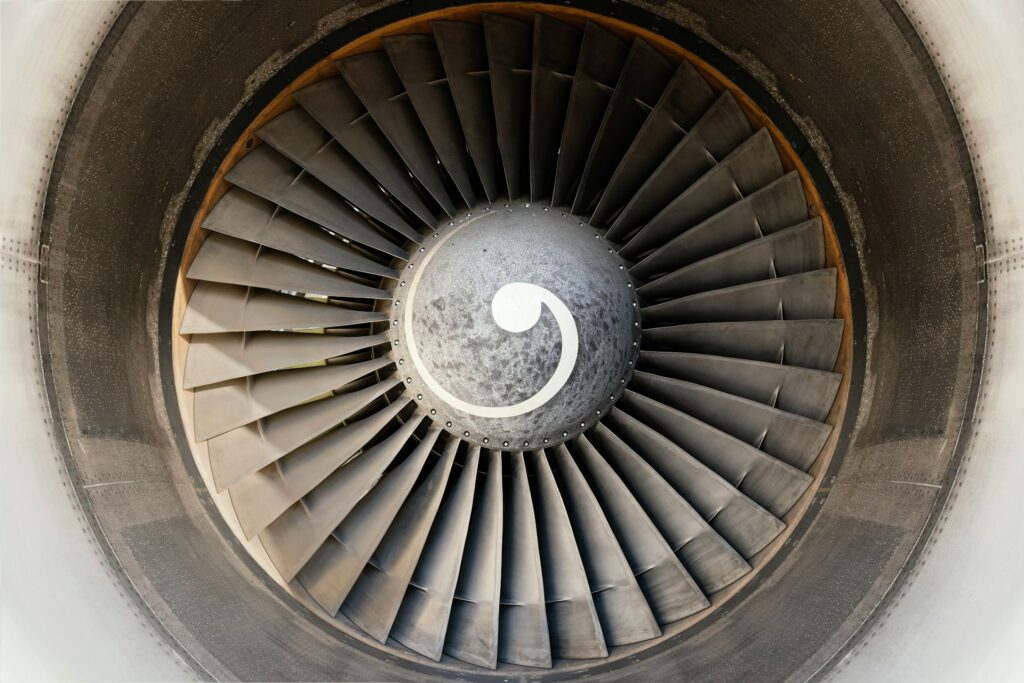ETH Zurich researchers have introduced SonoTextiles, a lightweight, washable fabric that embeds glass microfibers as acoustic waveguides to monitor breathing, movement and gestures with high precision. Led by Daniel Ahmed, Professor of Acoustic Robotics for Life Sciences and Healthcare, the research, which was published in Nature Electronics, can be found here:
Wang, Y., Sun, C., & Ahmed, D. (2025). A smart acoustic textile for health monitoring. Nature Electronics. https://doi.org/10.1038/s41928-025-01386-2
Unlike existing electronic-based wearables, SonoTextiles relies on ultrasonic waves transmitted through glass fibres, resulting in garments that are more breathable, durable under wash cycles and consume less power. Daniel Ahmed said:
“They are also inexpensive because we use readily available materials, and the power consumption is very low,”
Yingqiang Wang, the first author of the study went onto say:
“While research has already been conducted into smart textiles based on acoustics, we are the first to explore the use of glass fiber in combination with signals that use different frequencies,”
At each fibre’s ends, piezoelectric transducers generate and receive pulses at distinct frequencies around 100 kHz, enabling the system to multiplex signals and identify which fibers are being deformed with minimal computation.
When a glass fibre moves, the length of the acoustic waves passing through it changes, as they lose energy. In the case of a T-shirt, this can be caused by body movement or even breathing. Wang stated:
“We used frequencies in the ultrasonic range, around 100 kilohertz—well beyond the range of human hearing, which is between 20 hertz and 20 kilohertz,”
Each transmitter works at a different frequency. This means it requires little computing power to determine which fibre the sound waves have changed on. Smart textiles have often struggled with data overload and signal processing issues, since each sensor location had to be evaluated individually. Ahmed says:
“In the future, the data could be sent directly to a computer or smartphone in real time,”
In lab tests, a prototype T-shirt fitted with four glass fibres accurately tracked breathing patterns by detecting nanometre-scale strain, while gesture-tracking gloves captured sign-language sequences in real time. The University team has produced a short video on youtube in which you can see the glass fibres at work:
The technology could be applied to respiratory monitoring in asthma care, performance analytics in sports, ergonomic posture correction and immersive control interfaces for augmented and virtual reality.
The team notes that glass fibres, though effective, may fracture under repeated bending; future work will assess metal microfibers and refine electronic integration to boost robustness for daily use.
Although the everyday usability of SonoTextiles is potentially very high, there is still room for improvement in terms of practical application. Glass microfibres worked well as sound conductors in the lab, but they could potentially break in everyday use. Ahmed emphasized:
“The beauty is that we can easily replace the glass fibers with metal. Sound also propagates effectively through metal, we would like to expand our research in this direction and also into other applications.”

Hassan graduated with a Master’s degree in Chemical Engineering from the University of Chester (UK). He currently works as a design engineering consultant for one of the largest engineering firms in the world along with being an associate member of the Institute of Chemical Engineers (IChemE).



